New Zealand (Part Three)
Dunedin
A very Scottish city with a mixture of old and modern buildings, and a famous statue of Robert Burns.
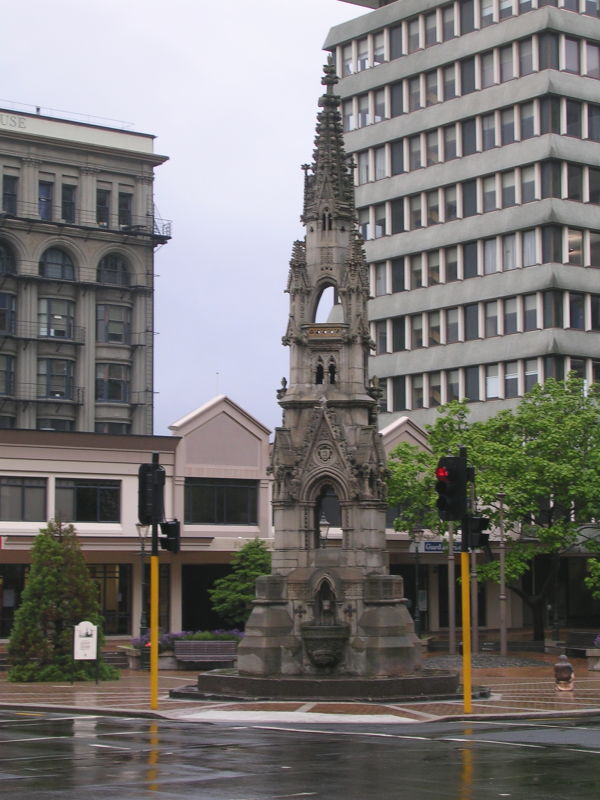
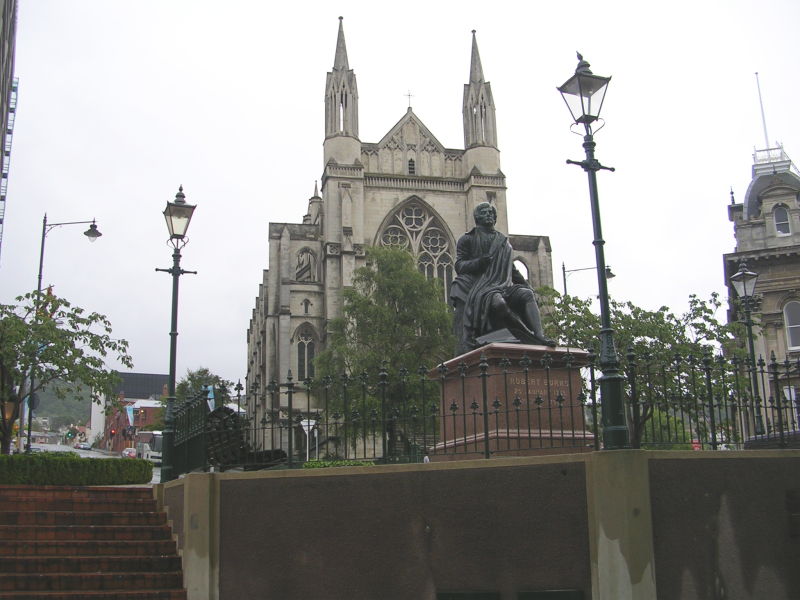
Dunedin railway station is especially impressive, the interior features ceramics by Doulton and a Minton floor as well.
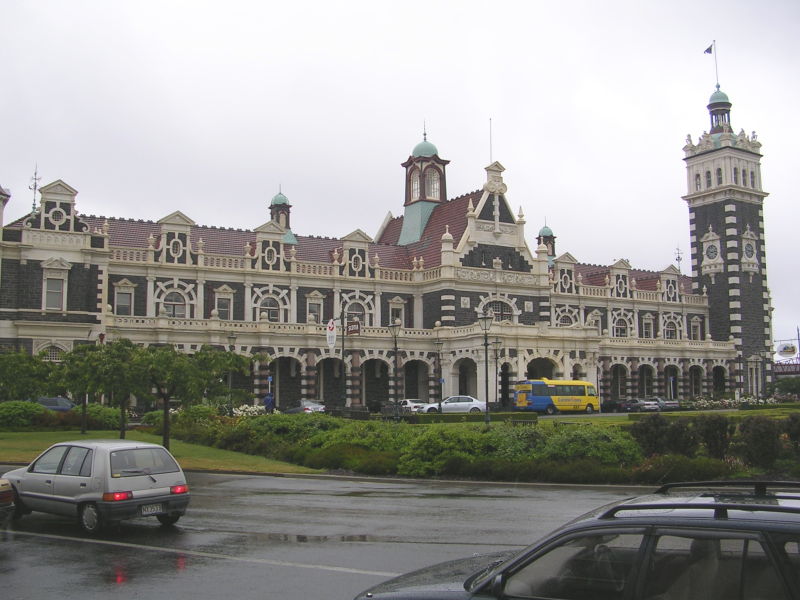
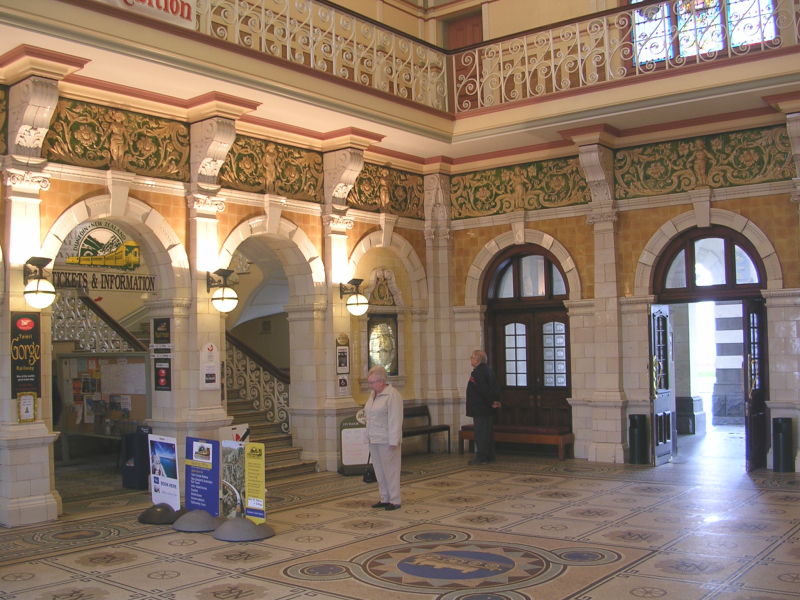
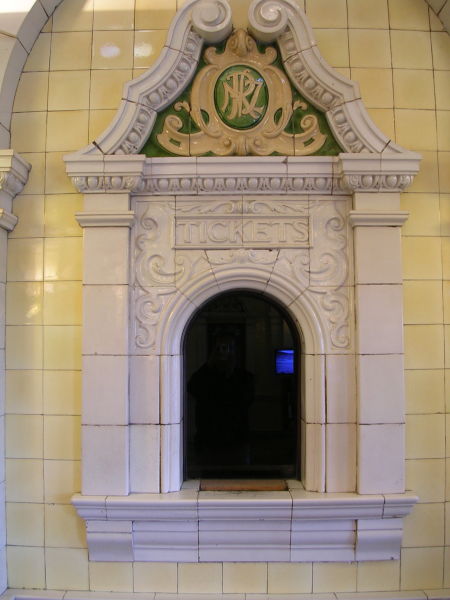
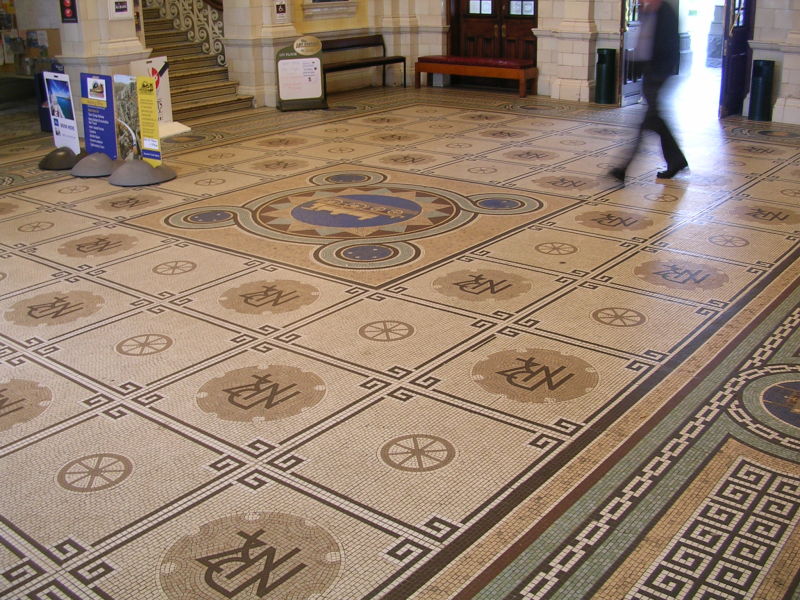
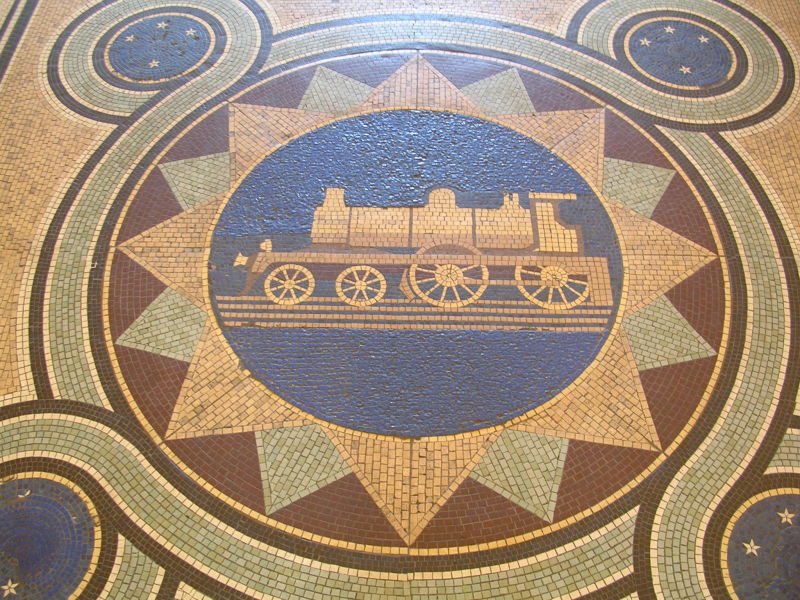
In the excellent Otago Settlers Museum we found this cable car which had provided local service on the steep hills of Dunedin, and one of only four or five Fairlie locos in the world. (Two or three are a bit closer to home at the Ffestiniog Railway in Wales.)
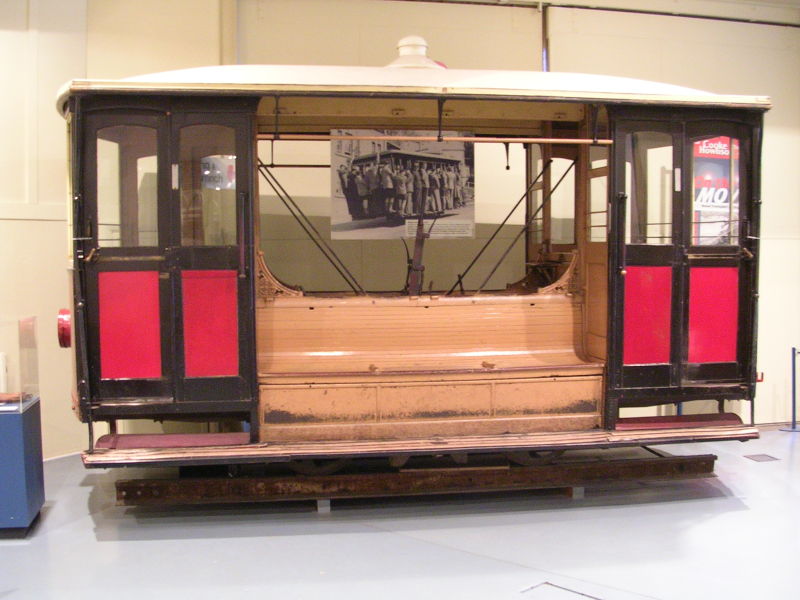
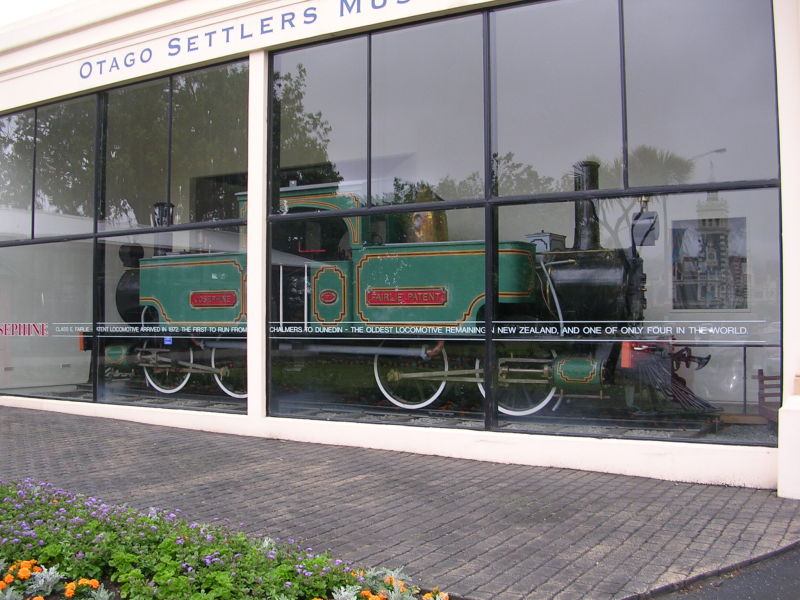
Speight's Brewery
One of New Zealand's top brewers is Speight's, "Pride of the South", and we visited their brewery in Dunedin. The highlight of the interesting tour was the chance to help ourselves at the bar!
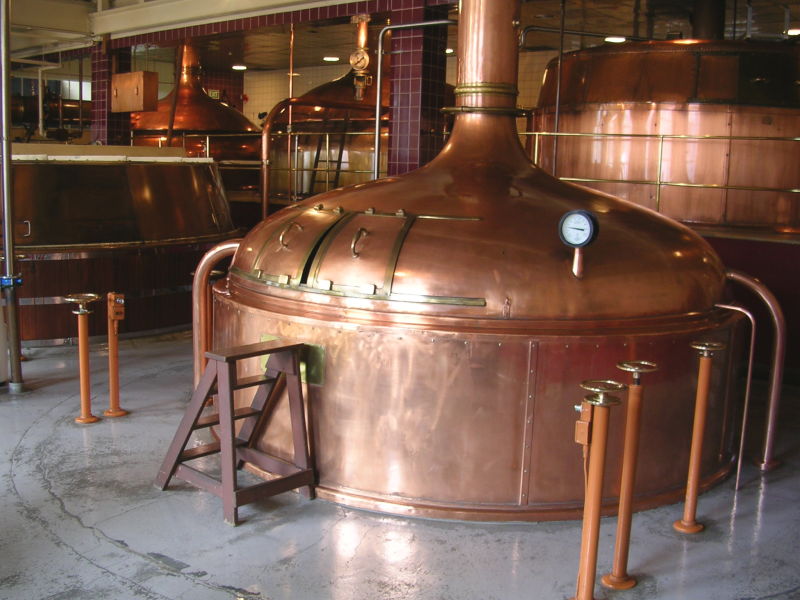
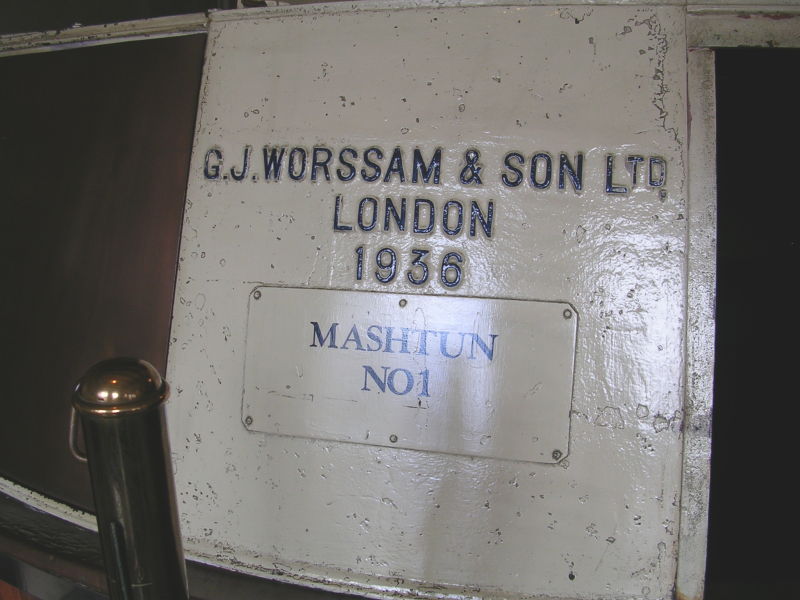
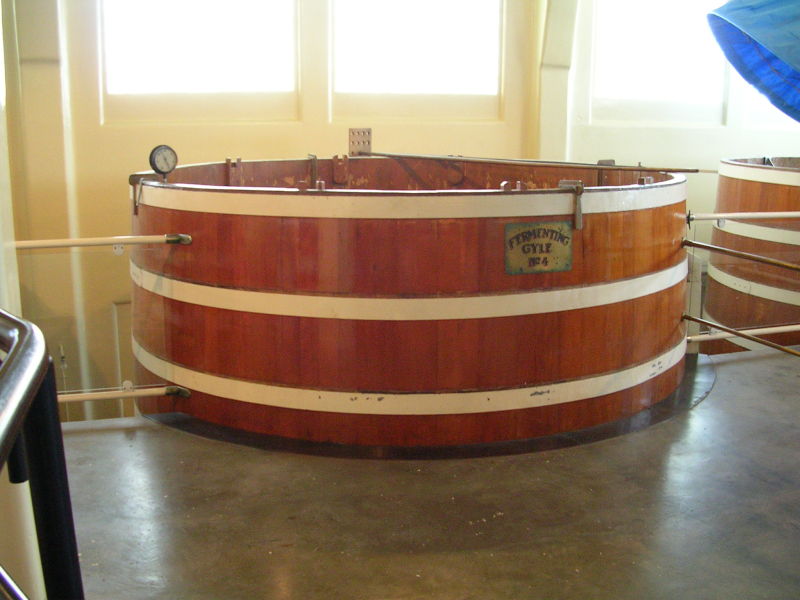
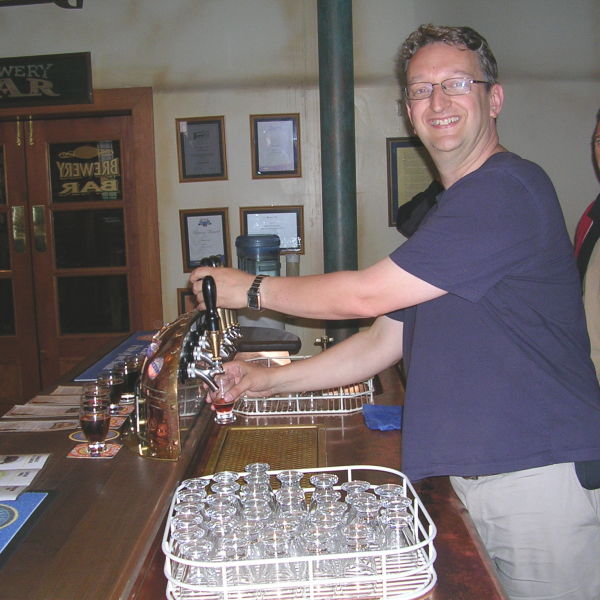
The Kingston Flyer
A splendid steam railway running through green countryside near Lake Wakatipu.
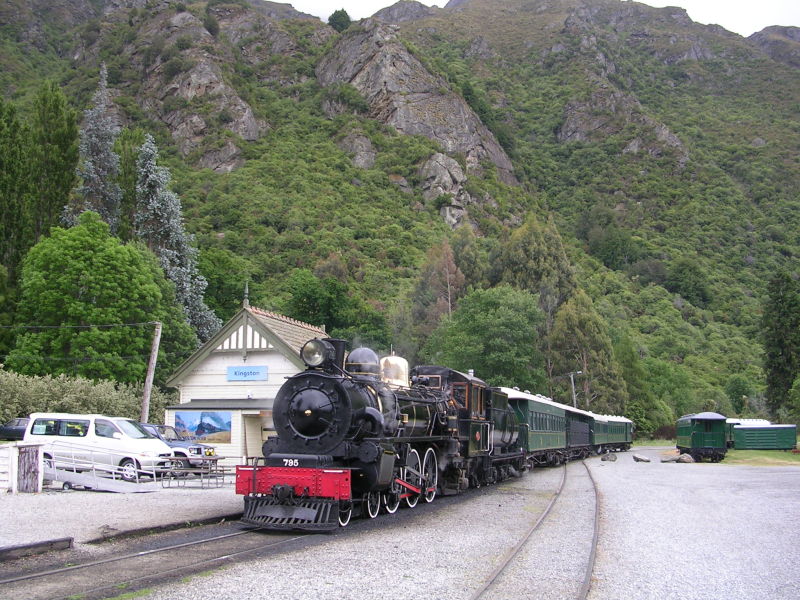
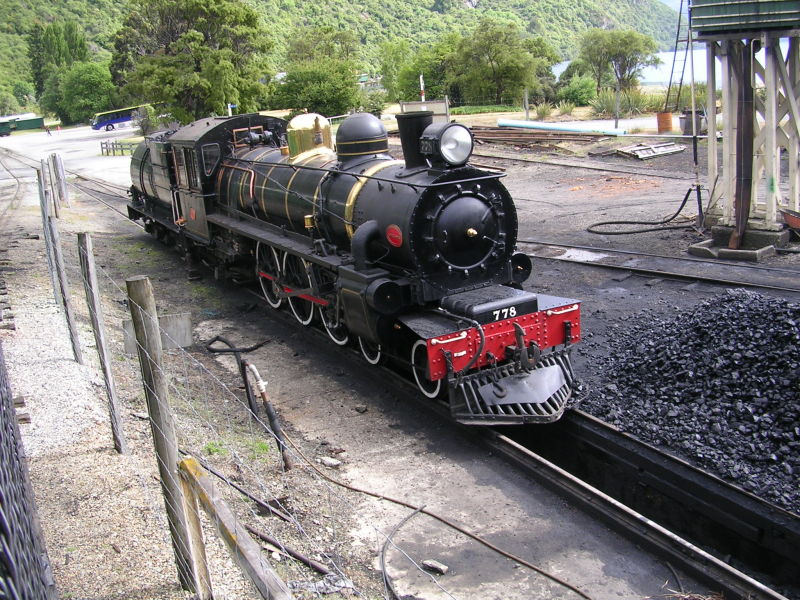
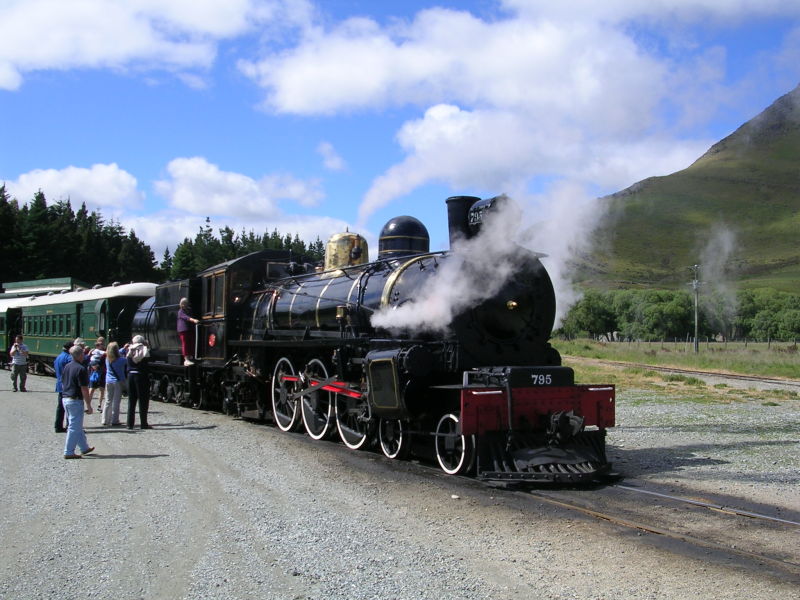
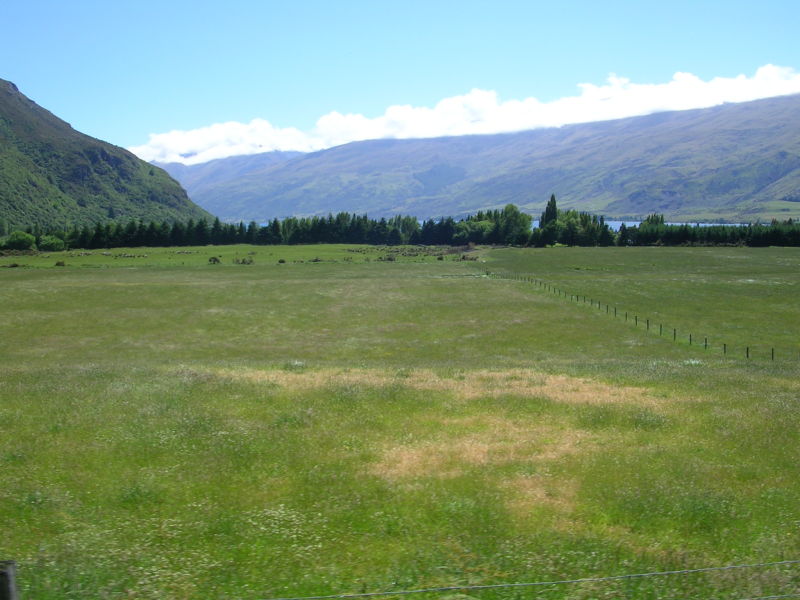
In the depot we were interested to see coal being loaded using a crane powered by compressed air from the locomotive's brake system.
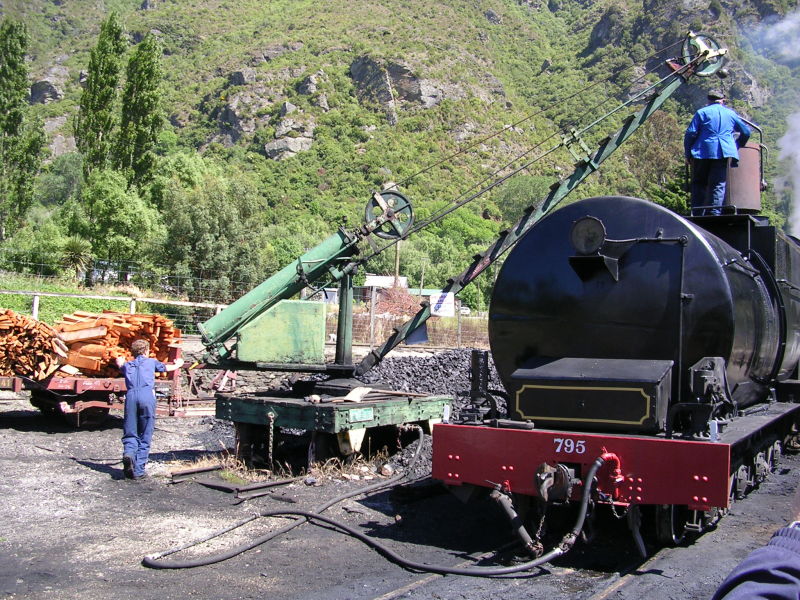
In the village of Kingston we spotted this house with its fences constructed from old traction engine wheels.
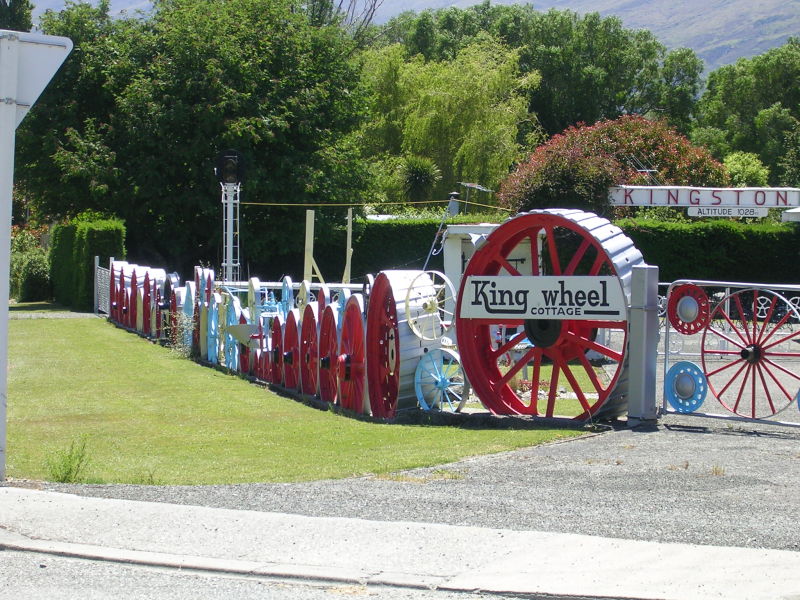
TSS Earnslaw
This historic steam ship provides cruises from Queenstown, further along Lake Wakatipu.
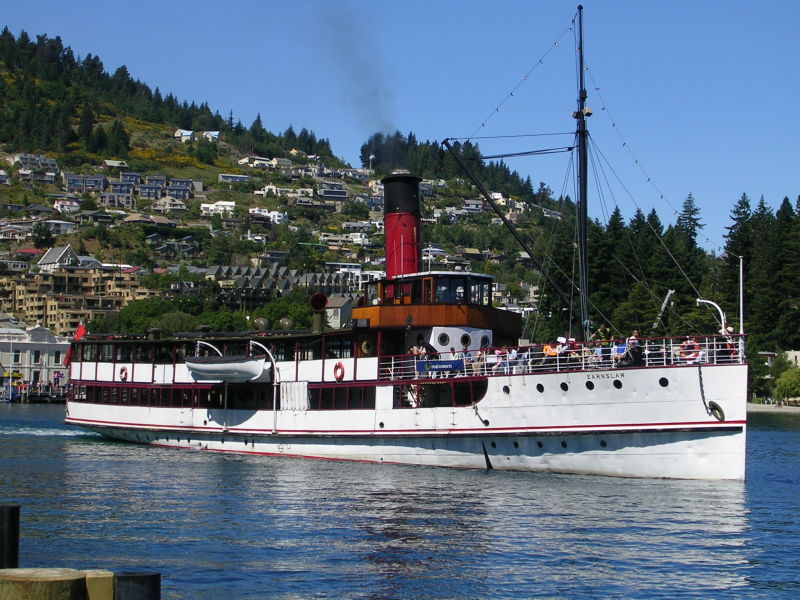
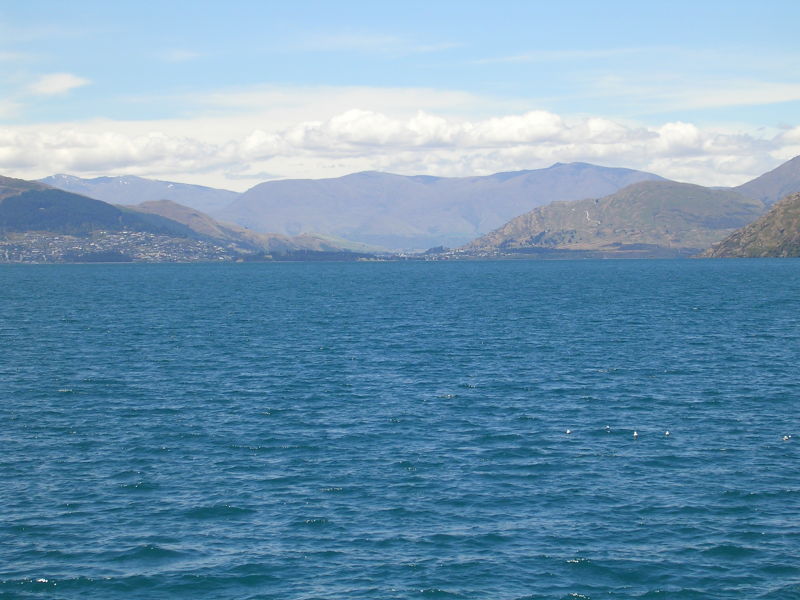
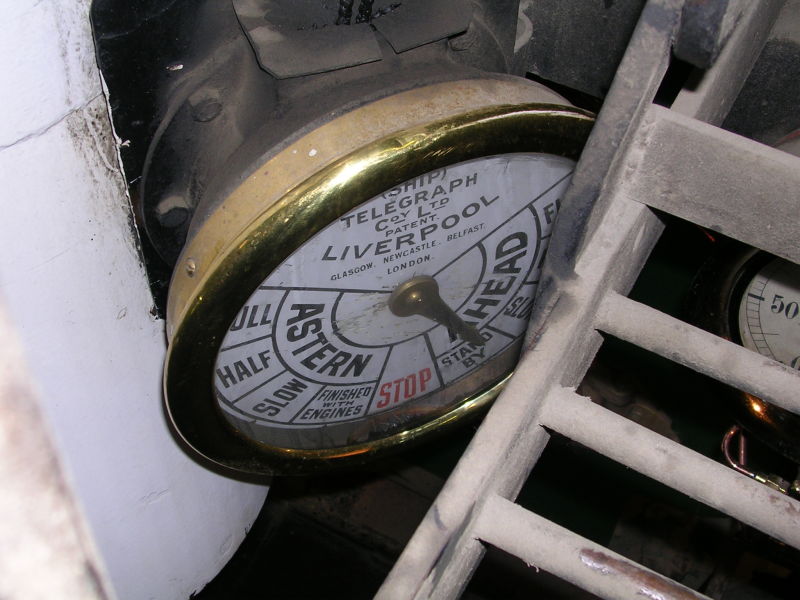
Queenstown
We rode the cable gondola up Ben Lomond for a view of Queenstown and Lake Wakatipu.
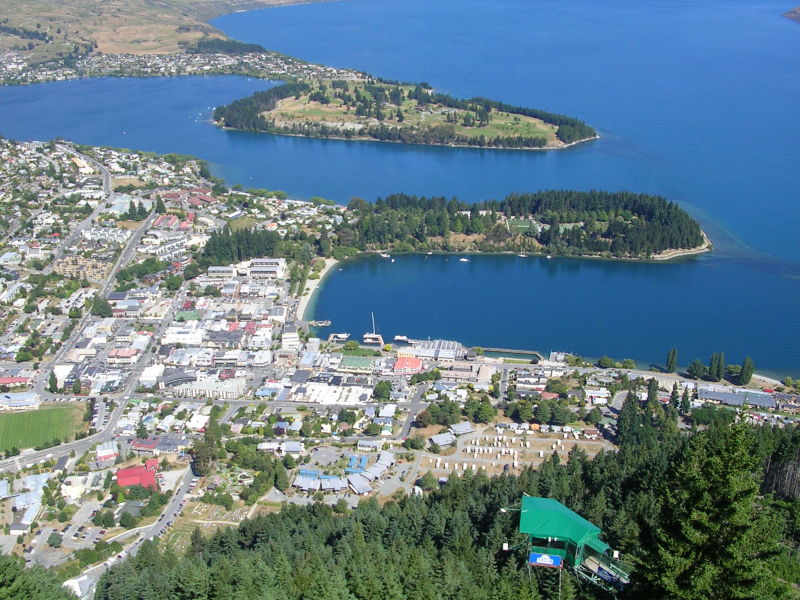
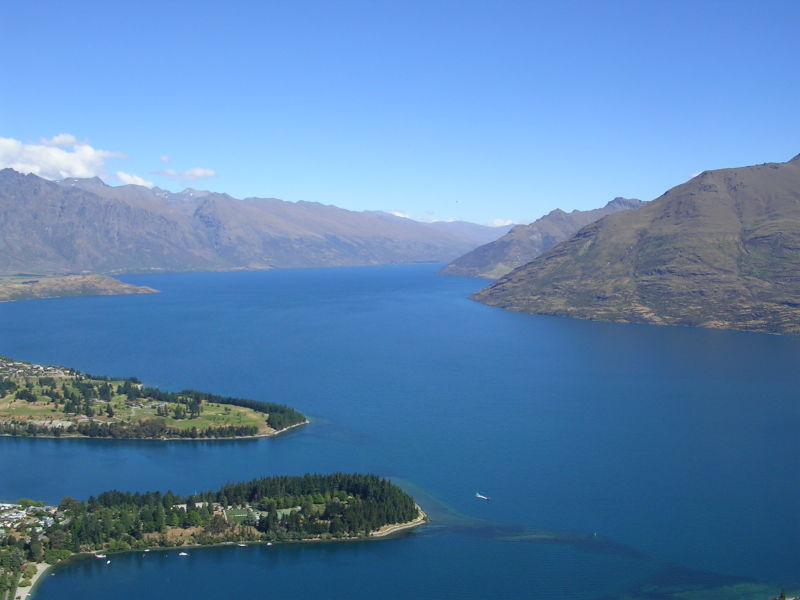
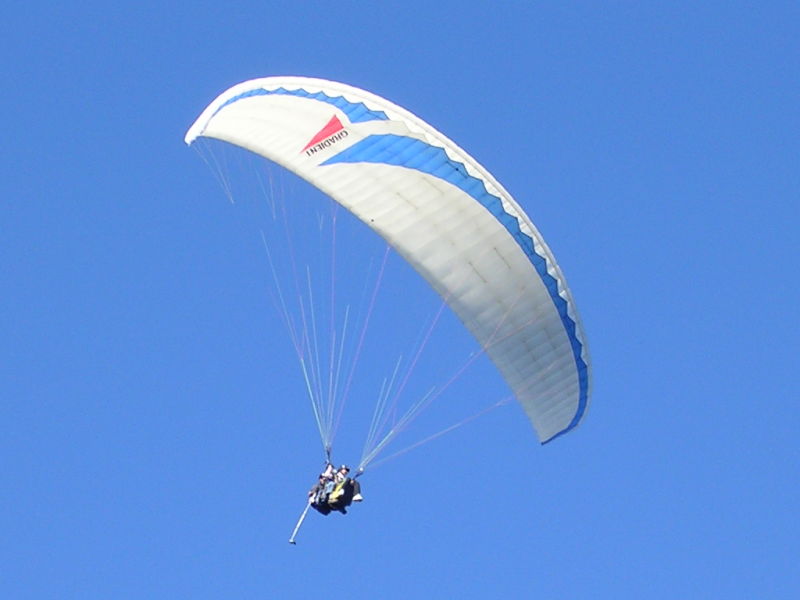
There's the TSS Earnslaw ready for her next sailing.
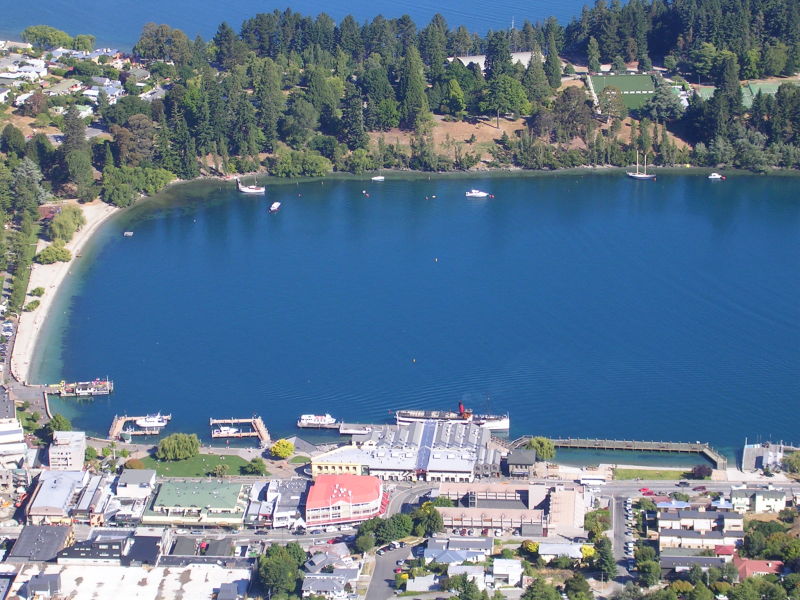
Doubtful Sound Cruise
A must for tourists is a cruise in Fjordland. Ours started from Manapouri with a boat ride across Lake Manapouri to West Arm.
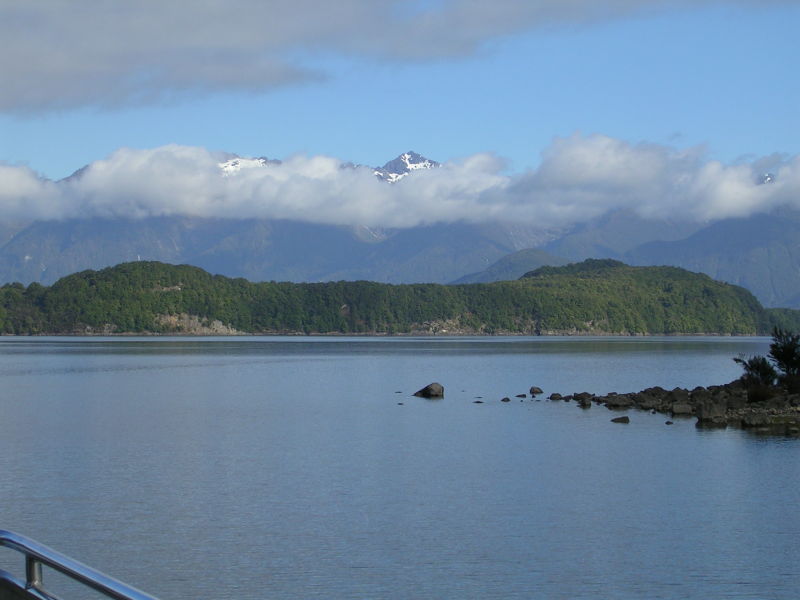
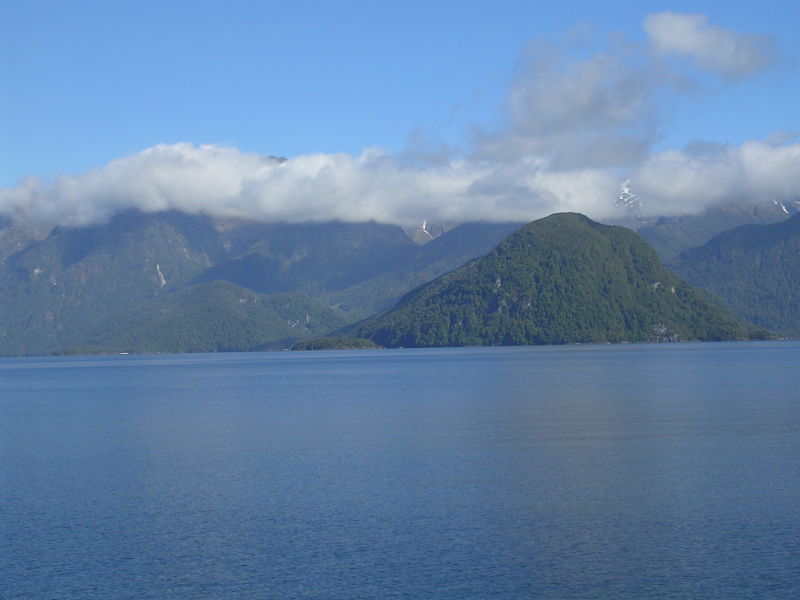
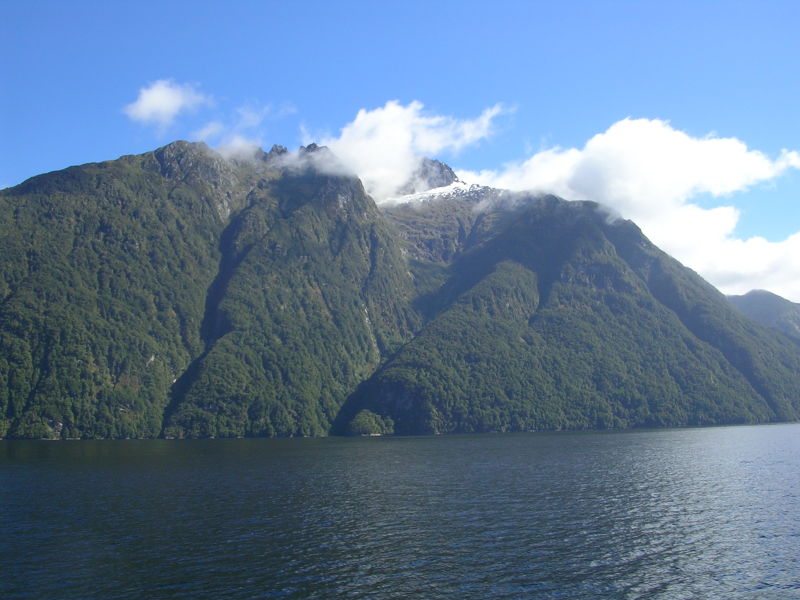
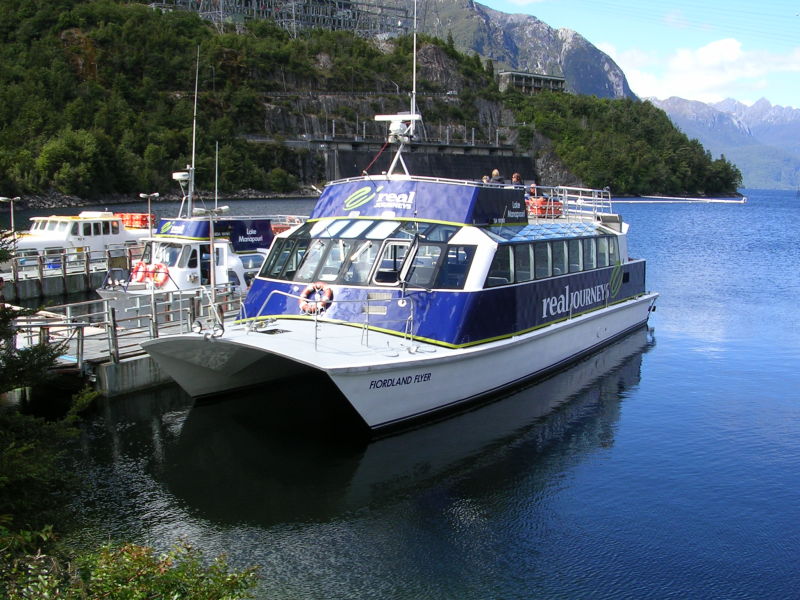
A coach then took us over Wilmot Pass where we had some high views of Doubtful Sound ahead. The coaches used for this transfer have to be brought in by boat as there is no road access to this wilderness. The road over Wilmot Pass was built to enable construction of the West Arm Power Station (See below).
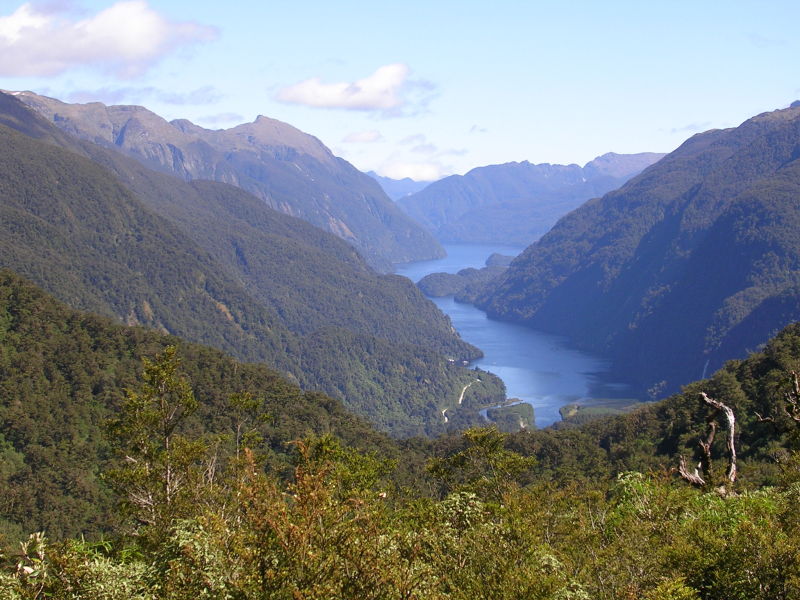
At Deep Cove we joined a second boat for a long cruise around the incredibly scenic Doubtful Sound. The Sound has a number of separate arms, and we visited a few of them. To give an idea of the isolation of this beautiful area, the road we came on from Lake Manapouri is the only road access to the water. Parts of the Sound are designated as a Marine Wildlife Reserve and the whole place is a World Heritage Area.
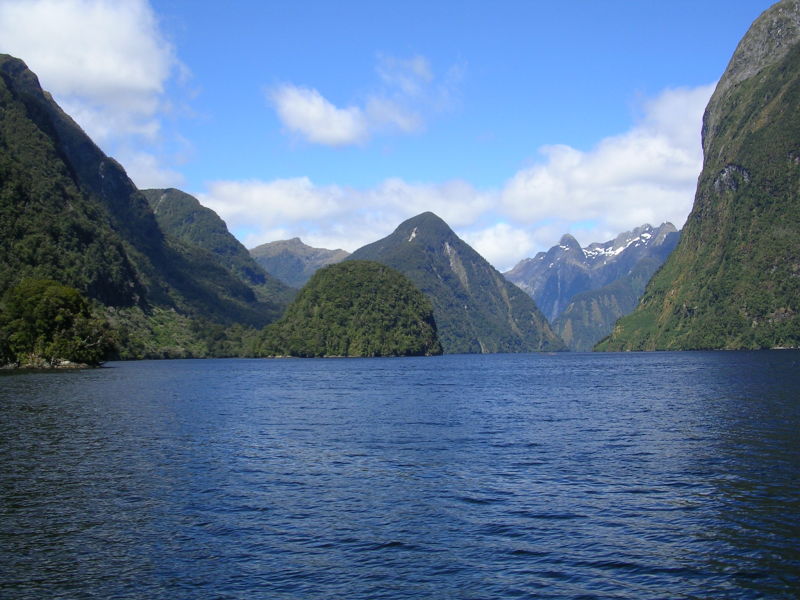
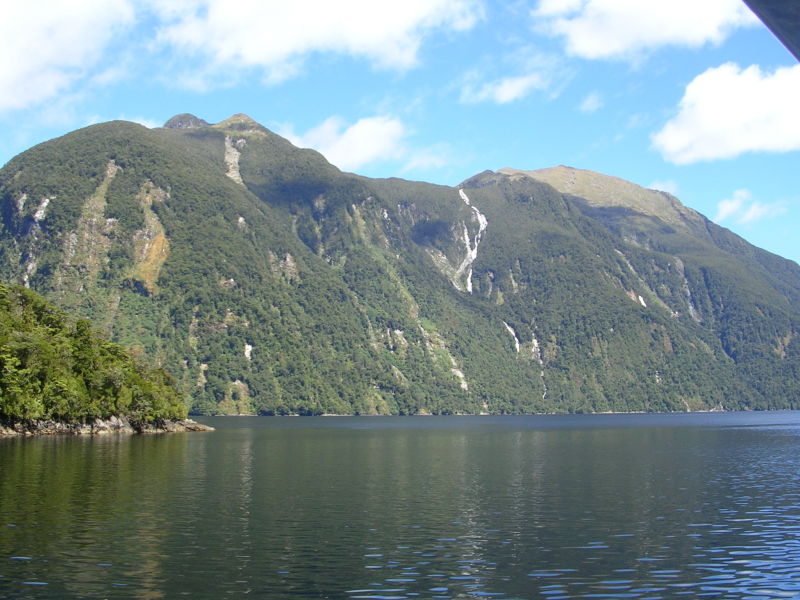
At the mouth of the sound we could see open sea in the distance and the water got significantly rougher.
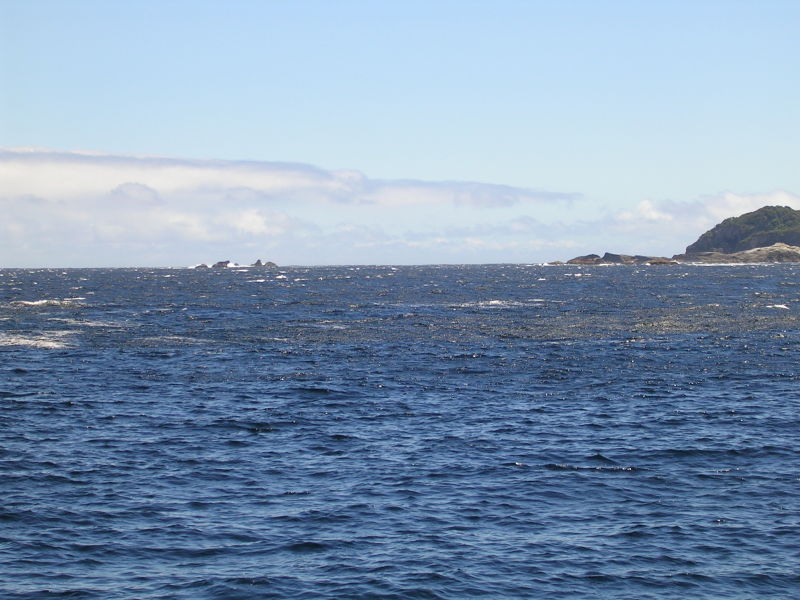
Captain Cook refused to enter the sound, afraid that his ships would be unable to turn round and sail out again, and he marked it on his chart as a doubtful harbour, hence the name. Some time later the Spanish landed on this point, and some of the places around the sound still have Spanish-sounding names.
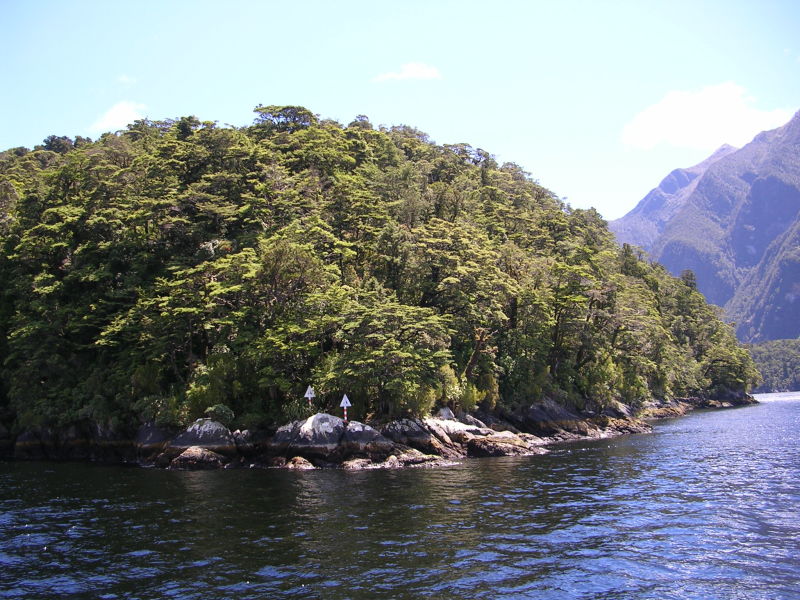
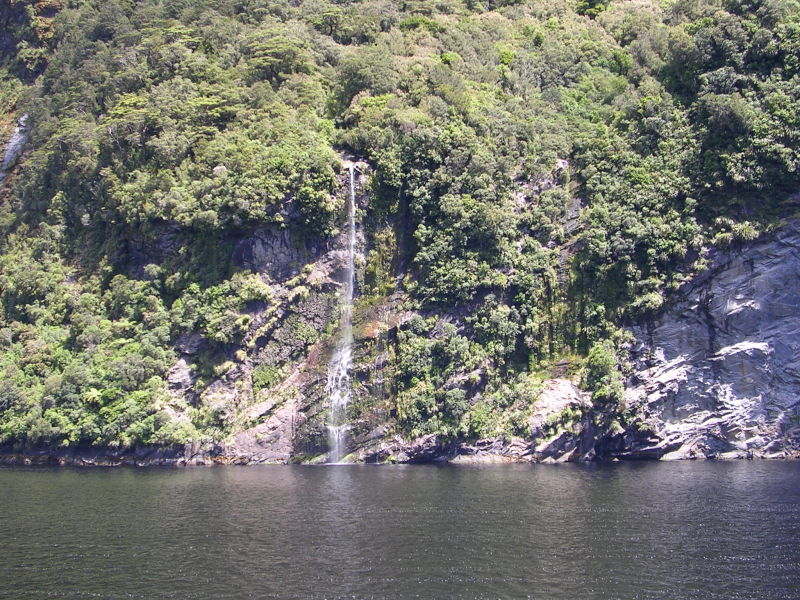
On the return trip over Wilmot Pass we headed down a long tunnel to look at the underground West Arm Power Station where the difference in water levels between Laka Manapouri and Doubtful Sound is used to generate electricity to power an aluminium smelter at Bluff at the very southern tip of New Zealand.
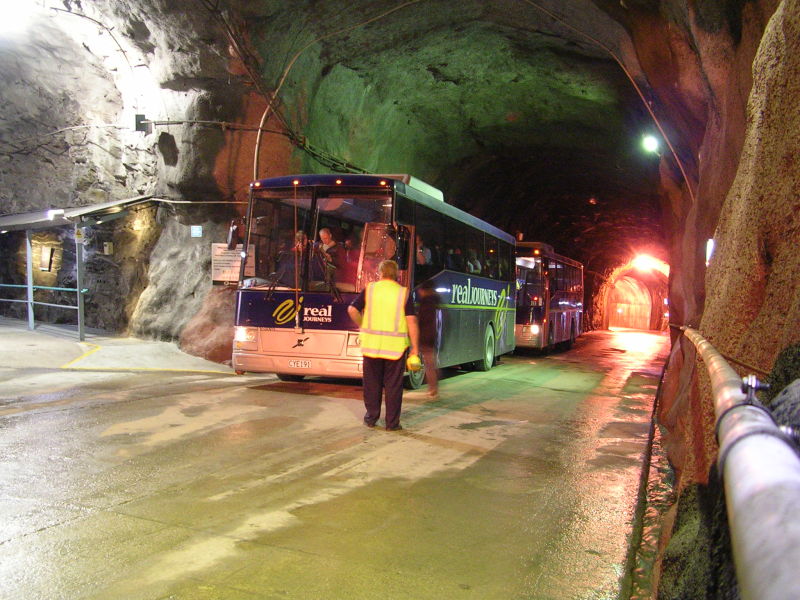
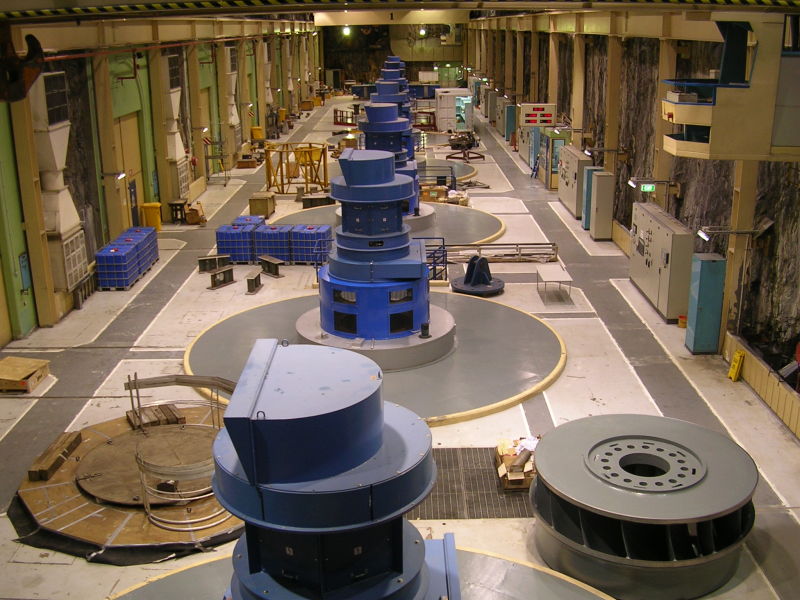
This is where the water enters the power station.
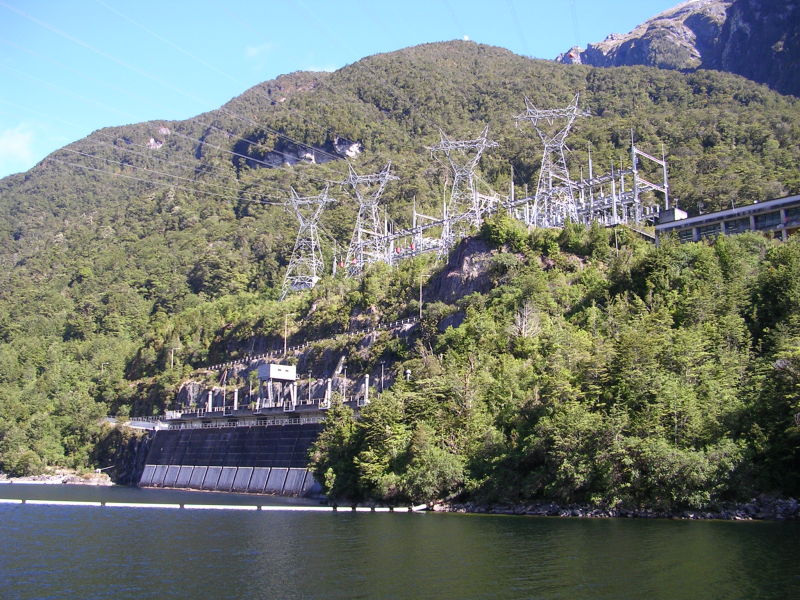
December 2007
More New Zealand pictures in Part Four






































